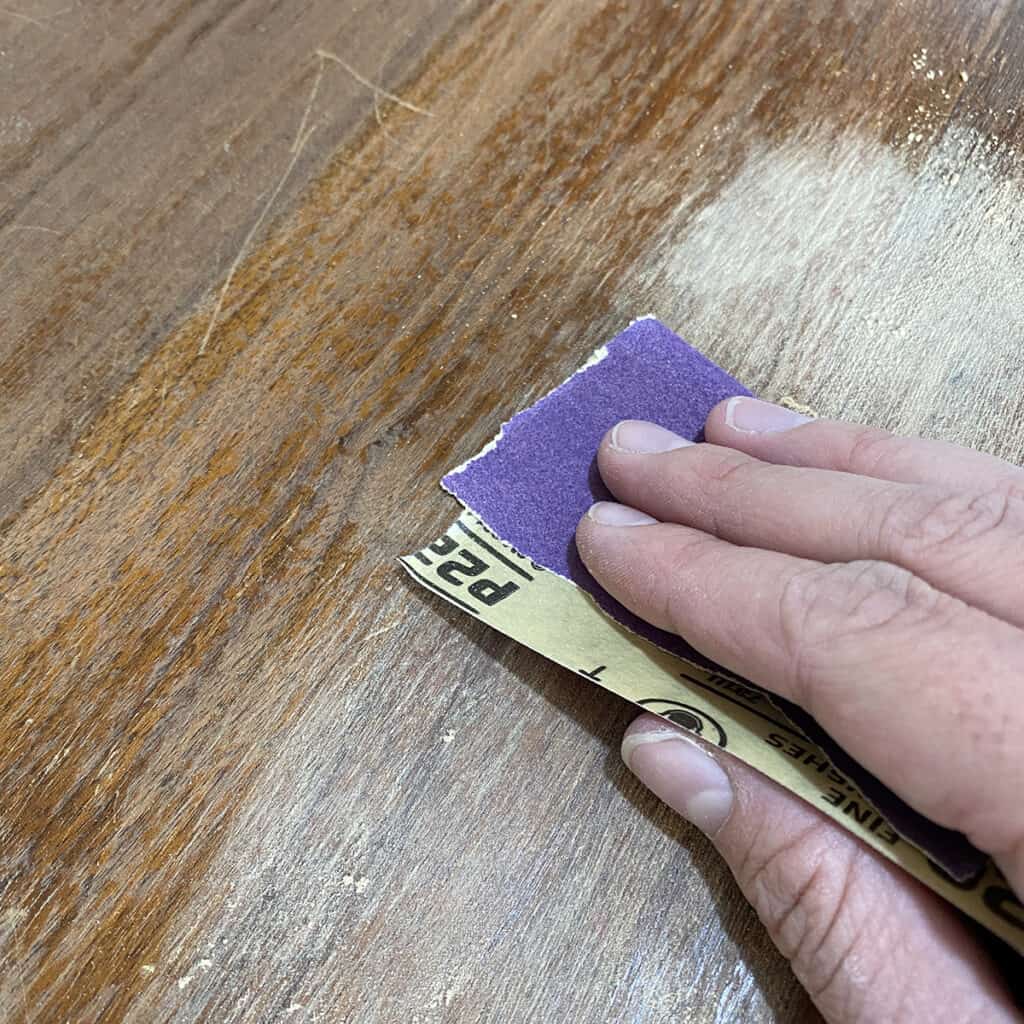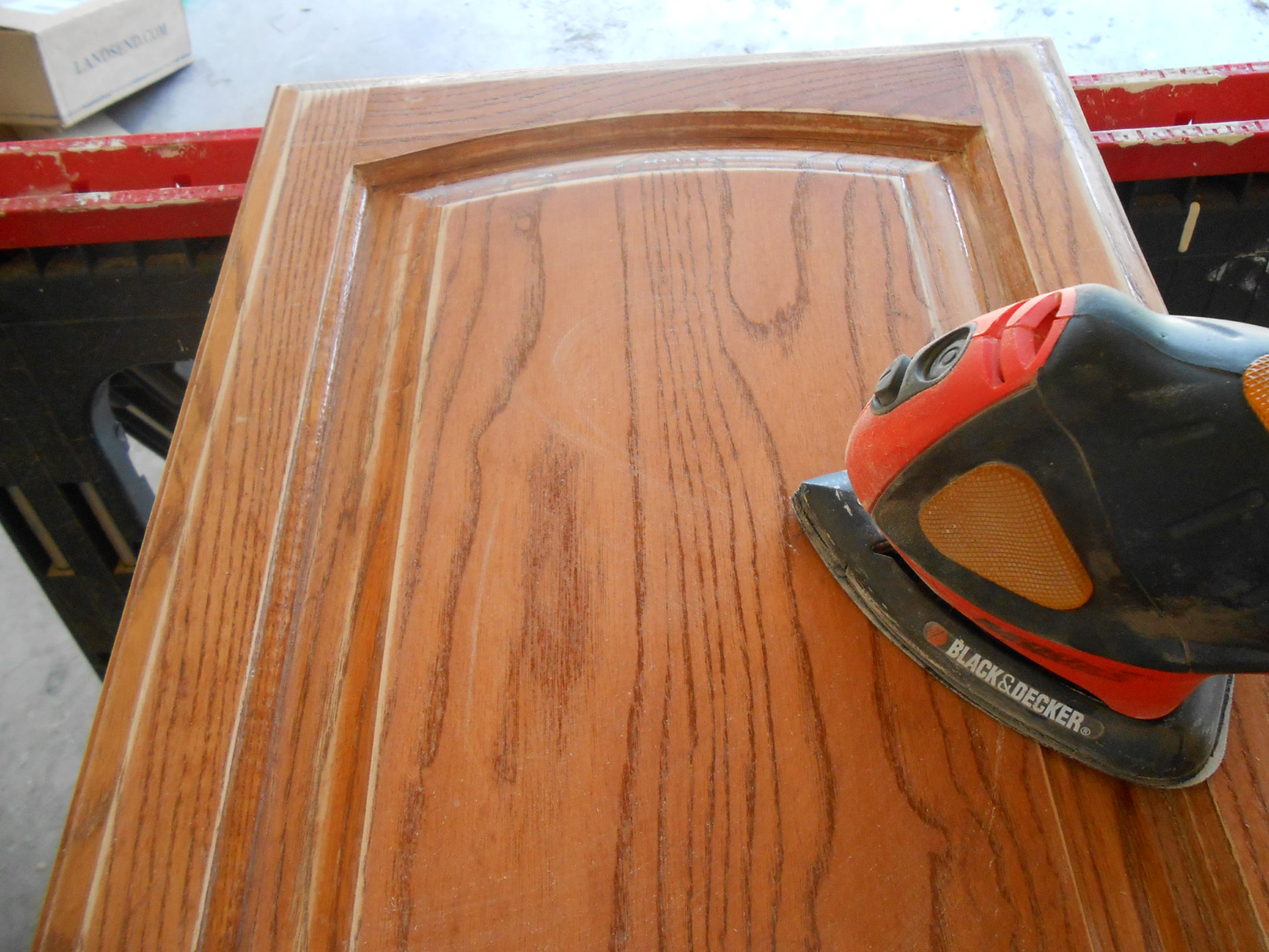Understanding Sandpaper Grit

Yo, so you’re ready to revamp those cabinets, but hold up! Before you start sanding, you gotta understand sandpaper grit. It’s basically the measure of how rough or fine the sandpaper is. Think of it like this: the higher the grit number, the finer the sandpaper, and the smoother the finish.
Sandpaper Grit Numbers and Uses
The grit number is super important for getting the right finish on your cabinets. Here’s a breakdown of some common grit numbers and their uses for wood cabinet refinishing:
- Coarse Grit (40-80): This is the big kahuna, used for stripping away old finishes, removing major imperfections, and roughing up the surface for better adhesion. Think of it like a power sander for wood.
- Medium Grit (100-150): This is your go-to for smoothing out the surface after removing old finishes and filling in minor imperfections. It’s like the middle ground between coarse and fine.
- Fine Grit (180-220): This is where you start getting into the finer details. Use it to smooth out the surface and prepare it for painting or staining. It’s like getting your wood ready for its close-up.
- Very Fine Grit (240-400): This is for the finishing touches, making your cabinets super smooth and giving them a nice, even finish. Think of it like the final touch-up for your wood masterpiece.
- Ultra Fine Grit (600-1200): This is the ultimate in smoothness. It’s used for polishing and creating a super smooth, glass-like finish. It’s like giving your cabinets that extra shine.
Sandpaper Grit Visual Representation
Imagine a piece of sandpaper under a microscope. The higher the grit number, the smaller and more densely packed the abrasive particles are. For example, a coarse grit sandpaper (like 40 grit) would have large, widely spaced abrasive particles, while a fine grit sandpaper (like 220 grit) would have tiny, closely packed abrasive particles. This difference in particle size and spacing is what determines how much material the sandpaper removes.
Choosing the Right Grit for Different Tasks: What Grade Of Sandpaper For Wood Cabinets

Yo, so you’ve got your sandpaper and you’re ready to get sanding, but which grit should you use? It’s all about the task, bro. Different grits are designed for different jobs, and choosing the right one will make your life way easier and give you a better finish.
Sanding Raw Wood
When you’re working with raw wood, you’re gonna want to start with a coarser grit to remove any rough spots or imperfections. Think of it like prepping the canvas before you paint. A grit of 80 or 100 will do the trick, and then you can move to a finer grit for a smoother finish.
Removing Imperfections
If you’ve got some serious imperfections to deal with, like scratches or dents, you’re gonna need a grit that’s gonna cut through that stuff. A grit of 120 or 150 is your go-to for this, and it’ll help you get a smoother surface.
Achieving a Smooth Finish
Once you’ve got rid of the major imperfections, you can move on to the finer grits to get that super smooth finish. A grit of 220 or 400 will help you get a silky smooth surface that’s ready for paint or stain.
Sanding Between Coats of Paint or Stain
You’re not gonna want to use a super coarse grit between coats of paint or stain, because you’ll risk sanding through the previous layer. A fine grit of 220 or 400 is perfect for smoothing out the surface and getting rid of any brush strokes.
Ideal Grit for Wood Cabinet Refinishing
| Stage of Refinishing | Grit |
|—|—|
| Removing Old Finish | 80-120 |
| Sanding Raw Wood | 100-120 |
| Removing Imperfections | 120-150 |
| Smoothing Surface | 180-220 |
| Final Sanding Before Paint or Stain | 220-400 |
| Sanding Between Coats of Paint or Stain | 220-400 |
| Final Sanding After Paint or Stain | 400-600 |
Sanding Techniques for Wood Cabinets

Sanding wood cabinets is a crucial step in refinishing or restoring them, ensuring a smooth, even surface for painting or staining. The process involves using different sandpaper grits to remove imperfections, create a uniform texture, and prepare the wood for the final finish.
Sanding Techniques for Different Grits
Sanding wood cabinets involves using different sandpaper grits to achieve a smooth, even surface. Each grit serves a specific purpose in the sanding process.
- Coarse Grit (40-80): Used to remove significant imperfections, like scratches, dents, or old finishes. This grit is usually used for the initial sanding stage.
- Medium Grit (100-150): Removes the scratches left by the coarse grit and smooths out the surface. This grit helps to create a more even surface for the finer grits.
- Fine Grit (180-220): Removes any remaining imperfections and prepares the surface for finishing. This grit creates a smooth surface for painting or staining.
- Extra-Fine Grit (240-400): Used for a very smooth finish, especially when applying a clear coat. This grit helps to eliminate any minor imperfections that could show through the finish.
Sanding Direction and Pressure
Sanding direction and pressure are crucial for achieving a smooth, even surface.
- Sanding Direction: Sanding with the grain of the wood is important to prevent scratches and swirl marks. Sanding across the grain can create noticeable scratches that are difficult to remove.
- Sanding Pressure: Applying too much pressure can create scratches and gouges in the wood. Use light, even pressure and let the sandpaper do the work.
Steps for Sanding a Wood Cabinet, What grade of sandpaper for wood cabinets
Sanding a wood cabinet is a multi-step process that requires patience and attention to detail.
- Prepare the Cabinet: Remove any hardware, such as knobs, hinges, or pulls. Clean the cabinet with a damp cloth to remove dust and debris. Allow the cabinet to dry completely.
- Start with Coarse Grit: Begin sanding with a coarse grit sandpaper (40-80). Sand the entire surface of the cabinet with long, even strokes, following the grain of the wood. Remove any significant imperfections, like scratches or dents.
- Progress to Medium Grit: Once the coarse grit has removed the major imperfections, switch to a medium grit sandpaper (100-150). Sand the entire surface of the cabinet again, using long, even strokes. This step will remove the scratches left by the coarse grit and create a smoother surface.
- Finish with Fine Grit: After sanding with the medium grit, switch to a fine grit sandpaper (180-220). Sand the entire surface of the cabinet again, using long, even strokes. This step will remove any remaining imperfections and prepare the surface for finishing.
- Clean the Cabinet: Once you have finished sanding, clean the cabinet with a damp cloth to remove any dust or debris. Allow the cabinet to dry completely before proceeding to the next step.
What grade of sandpaper for wood cabinets – The appropriate grade of sandpaper for wood cabinets depends on the desired finish. For a smooth, polished look, start with a coarse grit like 80 and gradually progress to finer grits like 120, 180, and 220. If you’re considering adding storage space to your bedroom, you might want to explore the benefits of a hanging cabinet for bedroom , which can provide extra storage without taking up valuable floor space.
Once your cabinets are sanded, you can apply a stain or paint to achieve the desired aesthetic.
The appropriate grade of sandpaper for wood cabinets depends on the desired finish. For a smooth, even surface, start with a coarser grit like 80 and progress to finer grits like 120, 180, and 220. If you’re looking for a new place to call home while you work on your cabinets, consider exploring options for two bedroom apartments in Lansing.
Once you’ve settled in, you can continue refining your cabinet project with increasingly fine sandpaper grits, achieving a professional-looking finish.